Chemicals giant DuPont decided to sell a plant in south Louisiana that emits a likely cancer causing pollutant, citing “major concerns” that government agencies would regulate its emissions to protect the community living nearby, internal documents seen by the Guardian reveal.
The documents show the multibillion-dollar company worried in 2011 about the potential cost of offsetting its emissions of the “likely human carcinogen”, chloroprene, and so moved to sell the plant, the Pontchartrain Works facility.
series embed
The company codenamed the sale “Project Elm” in an apparent bid to keep the deal, completed in 2015, secretive. It is also alleged the company withheld details of its own research to offset emissions from the plant’s new owners.
Residents of the town of Reserve where the facility is located, described the revelations as “appalling” and said they had never been informed by DuPont of any potential emissions regulation.
According to the EPA, several census tracts next to the plant in the majority Black community have the highest risk of cancer due to airborne pollution anywhere in the US, over 50 times the national average, primarily due to chloroprene emissions. The community is the subject of a sustained reporting project by the Guardian.
“They [DuPont] should have told us. They have a good-neighbour policy but they were not trying to change anything. They were going to go for another 50 years if this [potential government regulation] hadn’t come to light,” said Mary Hampton, a resident who lives a few hundred feet from the plant.
“They prioritize profits over people. They come to your neighborhoods and give you as little information as possible,” said Lydia Gerard, another resident who lost her husband to cancer in 2018. “To me this shows that DuPont thought, ‘Let’s see how long we can get away with it in this community before anyone finds out and says anything about it.”
Gerard is a lead plaintiff in a mass tort civil lawsuit being brought against DuPont and the plant’s current owners, the Japanese chemical company Denka. The documents reviewed by the Guardian at a state courthouse in St John the Baptist parish, were used as evidence in the case. The plaintiffs accuse both companies of negligence and harm due to ongoing and historic air pollution.
Much of the case remains under court seal, but a limited number of exhibits, including an internal DuPont memo, are available for public viewing at a state courthouse in St John the Baptist parish.
DuPont has argued in court it cannot be held liable as it no longer owns the plant, despite opening the facility and polluting the air with chloroprene for nearly half a century. In November, Judge Kirk A Vaughn ruled against DuPont. Last week a state appeal court also ruled against DuPont.
DuPont did not respond to detailed questions from the Guardian but a spokesperson said: “While we do not comment on pending litigation, we will vigorously defend our record of safety, health and environmental stewardship.”
A spokesman for Denka also declined to comment on detailed questions citing ongoing litigation.
The DuPont internal memo from June 2011 highlights the company’s motivation for selling the plant. It was eventually purchased by the Japanese firm in November 2015 with no public mention of potential emissions regulation.
The briefing memo is authored by the company’s then president of polymers, Diane Gulyas, and was sent to the office of the chief executive. It lists two “major concerns for the future” as background reasoning for selling the plant.
The first point cites the EPA’s 2010 decision to list chloroprene as a likely carcinogen, and states that: “Local regulatory agencies may use this new guidance change and set acceptable exposure levels in the workplace and community.” The memo cautions new compliance regulations could be put in place in 2012 or 2013, stating: “Measures required to achieve compliance may entail capital expenditures.”
In fact, the plant was not compelled to regulate its emissions until after the sale to Denka. In 2017, Denka entered into a voluntary agreement with the Louisiana environment department to reduce stack emissions by 85%. The company says it spent over $35m retrofitting the plant. Emissions often continue to exceed the 0.2 micrograms of chloroprene per cubic meter recommended though not required by the EPA, as a safe sustained lifetime exposure limit.
The Japanese firm has said it was not aware of an EPA air toxics report that highlighted the cancer risk in Reserve published shortly after it purchased the plant.
The 2011 memo notes that while sales of neoprene, the synthetic rubber invented by DuPont and manufactured using chloroprene, have been declining internationally, DuPont still maintained its “position as the primary supplier to the US markets” and held a “significant role” in Europe.
The memo cites supply chain issues as another reason for sale. The neoprene unit was valued at $190m at the time, but DuPont estimated it could have to pay up to $30 million to “comply with changes in the regulatory environment” and believed there was an “unlikely” scenario where it could pay even more. The company was prepared to lose up to $100m on the valuation at sale.
Lawyers working for residents have argued in court submissions that DuPont had examined emissions offset costing up to $50m in order to reduce emissions by up to 99%. DuPont did not pass on any of the research it had commissioned on chloroprene emissions offset to the plant’s new owners, according to allegations in the filings.
The allegation is supported by extracts of sworn deposition testimony of a senior DuPont employee, George Denny Wright. In one short extract, reviewed by the Guardian, Wright states the company wanted to explore a reduction in emissions and later adds: “We knew we had to look at a very difficult number to hit, so we looked at every possibility and every option we had.”
“It was a money decision to continue contaminating a community, when in fact the technology was there to implement the controls to operate the facility safely. And they [DuPont] chose not to do it because of the price tag,” said Hugh Lambert, a lawyer working for the plaintiffs in the case, echoing his claims in court.
Lawyers have argued in filings that DuPont also maintained close ties to the plant’s new operators even after the sale, and leased certain services to Denka as it continued to manufacture neoprene, including water systems, compressed air and nitrogen.
Filings also quote extracts from the lease directly, allegedly showing that DuPont required Denka to operate the plant in the same manner it had done previously and needed “prior written consent of DuPont” to change certain manufacturing processes.
DuPont also still owns the land on which the facility is built and operates a kevlar production line on the same premises.




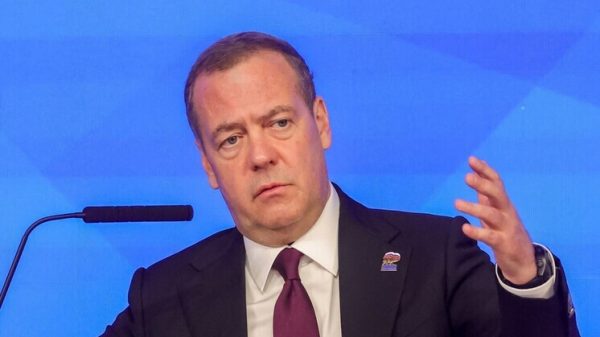



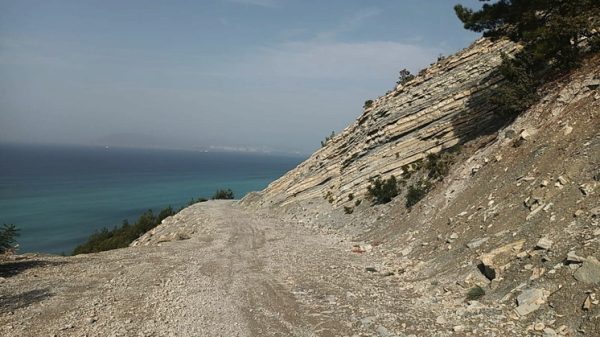






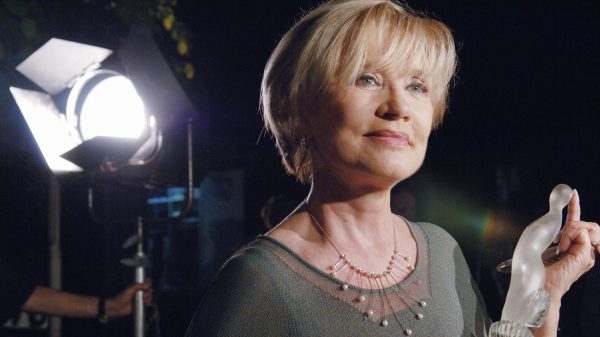




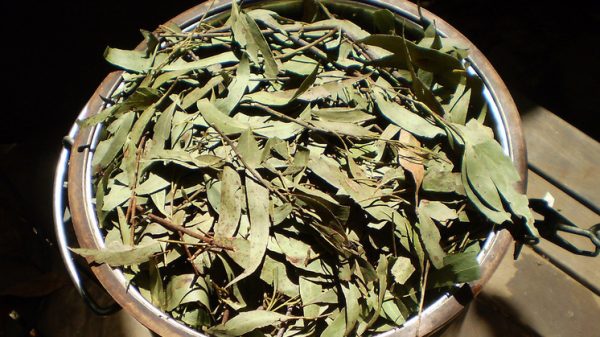










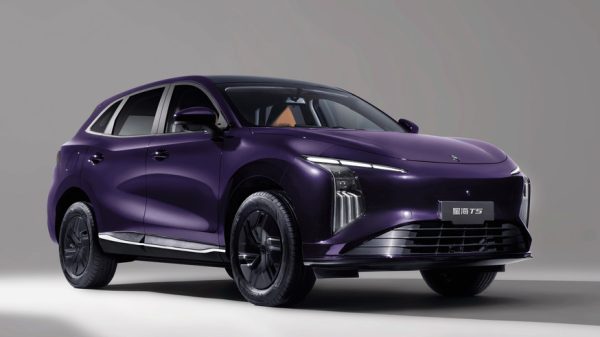






















Свежие комментарии